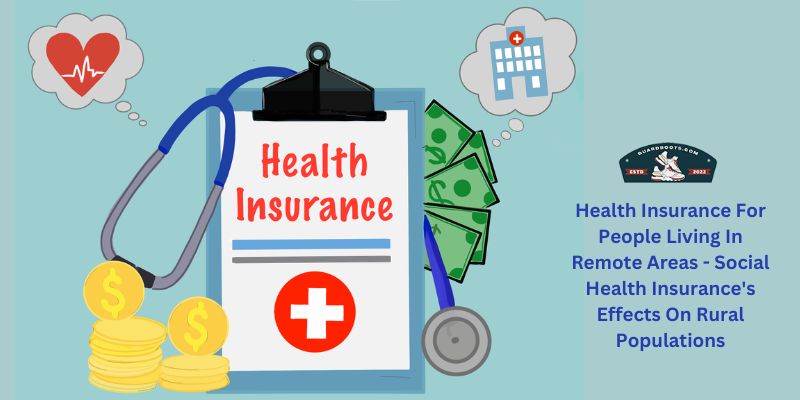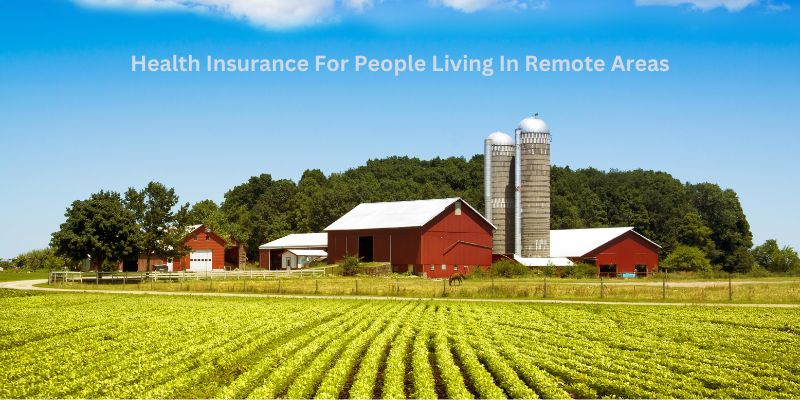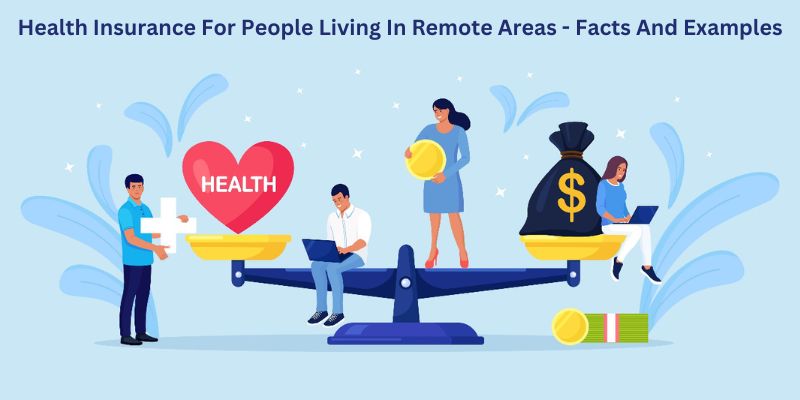Health insurance is a topic that affects millions of people around the world. It plays a crucial role in providing access to quality healthcare services and ensuring financial protection in times of medical emergencies. While health insurance is widely available in urban areas, the situation can be quite different for those living in remote and rural regions. In this news post, guardboots.com will explore the impact of social health insurance for people living in remote areas. Stay tuned to learn more about the challenges faced by people in remote areas and how social health insurance can potentially bridge the gap in healthcare accessibility.
1. Health Insurance For People Living In Remote Areas – Social Health Insurance’s Effects On Rural Populations

A big problem is enhancing the health of rural communities in low- and middle-income nations. Access to health services and safeguarding households from financial risk brought on by expensive medical treatment are important components of this. China launched a significantly subsidized optional social health insurance scheme in 2003 with the goal of providing 800 million rural citizens access to healthcare and reducing medical poverty.
This study offers fresh data on the scheme’s effects on medical spending and healthcare utilization. Given that insurance enrollment is optional, we use the program’s unequal rollout throughout rural areas as a natural experiment to investigate causal inference. We found that the usage of formal medical treatment and out-of-pocket medical expenses are not significantly impacted by insurance.
Evidence suggests that it instead moved patients with lesser incomes away from unofficial health care and into village clinics. The insurance has also caused a decline in the number of wealthy people using municipal hospitals. The move to village clinics from unofficial care and higher-level hospitals implies that the NRCMS has the ability to increase system efficiency and assist people in obtaining less expensive primary care. However, the inadequate insurance coverage for outpatient treatments and the subpar quality of primary care continue to be issues.
2. Health Insurance For People Living In Remote Areas

One of the main factors contributing to the poverty and inadequate health care for the poor in emerging nations is financial limitations. Lack of financial security prohibits people from receiving essential medical treatment and puts them at risk of financial difficulty after making medical service payments. Many low- and middle-income nations have implemented state-sponsored insurance programs for those working in the unorganized sector to address these challenges by improving access to healthcare and offering financial protection from the financial burden of disease.
In 2003, China’s New Rural Cooperative Medical Scheme (NRCMS), a social health insurance scheme, was launched. Following market liberalization changes in the late 1970s, it was aimed at rural regions, where 80% of residents (or roughly 640 million) lacked any type of health insurance. Large government subsidies were made available to people registered in the NRCMS, protecting the underprivileged from the financial ruin brought on by costly treatment. From 2003, the initiative was implemented county by county, and by the end of 2008, it had virtually all rural counties covered.
3. Health Insurance For People Living In Remote Areas – Facts And Examples

The late 1970s collapse of China’s rural healthcare system resulted in costly medical treatment and significant financial concerns brought on by high out-of-pocket medical expenses. The New Rural Cooperative Medical Scheme (NRCMS) was formed by the government to increase access to healthcare for those living in rural areas. The initiative was gradually implemented across rural counties: in 2003, it only covered 10% of rural counties, but over the following few years, it quickly increased coverage to very high levels.
By the end of 2008, the insurance scheme had been implemented nationwide and had reached over 90% of the rural population. Less urbanized communities tended to implement the insurance program at an earlier stage, according to a prior study that examined the roll-out process using the CHNS dataset. The prerequisite for qualifying is that applicants have rural residential status, which is determined through a residential registration method that categorizes residents as rural or non-rural.
Regardless of their condition, all eligible persons are admitted into the program. Despite the fact that enrollment is optional, most counties had very high participation rates. According to data from China’s National Bureau of Statistics, 736 million individuals, or 99% of the country’s rural population, were enrolled in the NRCMS in 2014.
Conclusion
In conclusion, the implementation of social health insurance in remote areas has had a significant impact on rural populations. It has provided them with access to essential healthcare services, improved health outcomes, and promoted financial protection against high medical expenses. By reducing barriers to healthcare access and increasing affordability, social health insurance has helped bridge the healthcare gap between urban and rural areas.
However, challenges such as limited infrastructure, provider shortages, and lack of awareness still need to be addressed to ensure the sustainable and equitable provision of healthcare services in remote areas. Overall, social health insurance has played a crucial role in addressing the health needs of people living in remote areas and has the potential to further improve healthcare outcomes in these underserved communities.
I hope you found the information in this article about health insurance for people living in remote areas useful. Have a good day!

